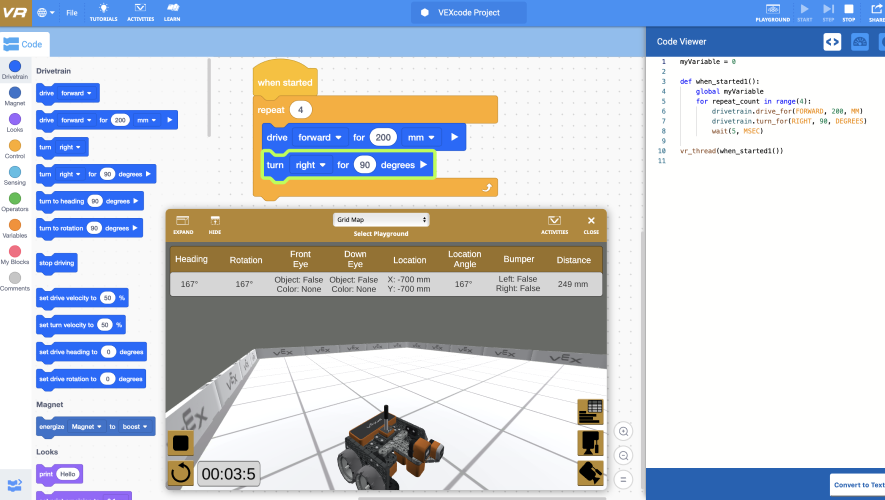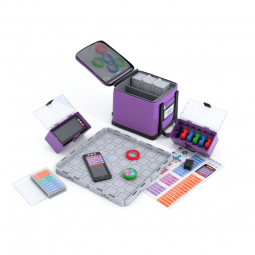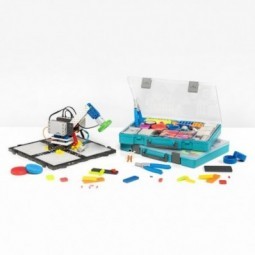Teaching robotics and teaching through robotics

Teaching robotics as a subject is a great way to introduce STEM into your classroom. Through robotics children learn mechanics, mathematics, programming and applications of all these subjects in real life. Indeed, introducing robotics in schools means acquiring STEM skills and knowledge practical and fun, preparing students for the future in a way that feels more like creative challenge and less like homework.
But the application of robotics and robots in school curricular is much wider than this. We are talking about teaching through robotics – an approach that uses robots as learning tools for various subjects and domains, be it biology or geography, arts, languages or storytelling for young children. This multi disciplinary approach also helps to make connections between different subjects and two cultures – the culture of science and the culture of humanities.
The idea of teaching through robotics is not so much about mastering technologies, but about making learning more engaging and relevant. For example, in Fun Frogs activity with VEX GO robotics kit students will recreate the life cycle of an amphibian. Through the study of the phases of development of living organisms and more particularly of metamorphosis in frogs, children will develop different skills like observation, comparison, measurement, data collection and the search for solutions and meaningful explanations. In addition, interdisciplinarity between language skills and science is emphasized through the writing of informational texts.
Some other examples of cross-curricular approach and teaching with robotics would be:
- Natural science. Robots helping us to discover the world around us, different continents and environments.
- Space exploration. Robots' mission to Mars or learning about our Solar System.
- Music and Dance. Robots recognising tunes, dancing robots.
- Social-Emotional Learning. Robots acting out certain emotions.
- Physical Education. Robots as fitness instructors, robots playing football
In your classroom
Many of us have never had robots in the classroom and have not been taught according to the same guidelines as in the 21st century, so it can be overwhelming to see students consider you as the robotics expert. But no worries. You are not alone in your journey. To make an introduction of robotics in your classroom a success we are here to help.
Check all available support like online resources, workshops and trainings. VEX Robotics provides lesson plans, activities, getting starting guides and troubleshooting guides.
Find a support group of teachers experienced in teaching robotics or teaching through robotics. For example, check out different groups on Facebook, where you can ask questions, seek advice or find ideas.
Start with an exercise or concept that is familiar to you. As you progress, you will find that there are a variety of lessons that you can teach with robotics and your lesson plans will practically write themselves!
In addition, give yourself a permission to learn alongside your students - it is normal not to know everything. Often, as students develop their critical thinking skills and do exercises, they teach you new methods that reassure you that you are making a difference for them and that they are getting the most out of robotics. Experiment, research, build, learn...and more importantly have fun!
Show (don't just tell) your administrators what you do. The implementation of new resources and tools is not always obvious, teachers could show administrators how they use robotic tools to teach multiple concepts. Often, headmasters and administrators want to see teachers doing new and innovative things. Showing them how you use robotics in the classroom can confirm to them that you are innovative and prove that these tools are more than worthy of "playtime" or extracurricular programmes. By inviting the administrators into your classroom, they can also see and feel the students' commitment directly and the shared enthusiasm can then more easily be transformed into support.








